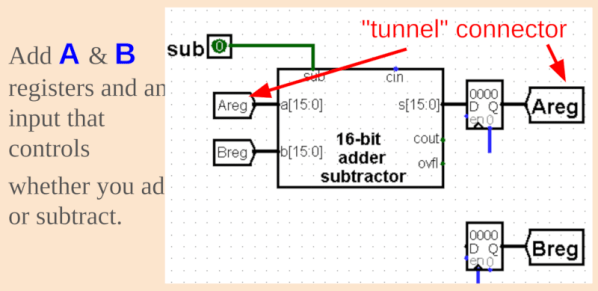Nothing helps a project get off the ground better than a good set of resources, and that’s what led [DaveMakesStuff] to release his Digital Shoe Design Kit, which is a set of 3D models ready to customize into a basic running shoe.
This is exactly what is needed for people who are interested in designing a custom shoe, but perhaps not interested in modeling every element entirely from scratch. [DaveMakesStuff]’s resources allows one to mix outsoles, midsoles, uppers, and other basic shoe elements into a finished model, ready to be resized or even 3D printed if desired. The files are all in stl format, but resizing stl files is trivial, and more advanced editing is possible with mesh sculpting programs like Blender.
If the gears in your head are starting to turn and you are wondering whether it is feasible to 3D scan your feet for some experiments in DIY custom footwear, take a few minutes and read up on 3D scanning and what to expect from the process to hit the ground running.















